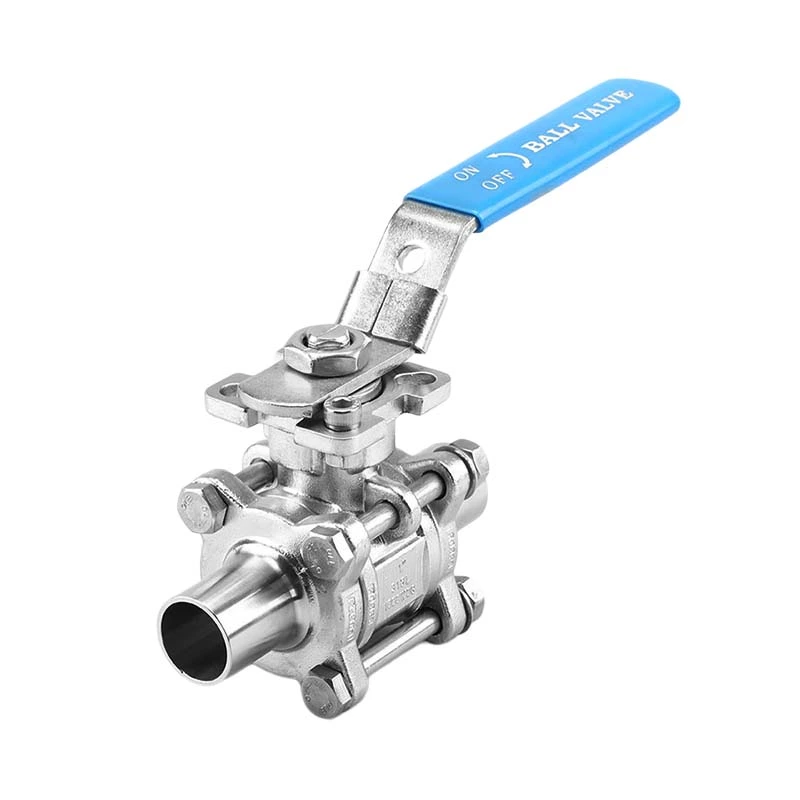Sanitary Ball Valve Test Standards
Specific testing content and data requirements are provided for the design, manufacturing, and performance of sanitary ball valves, in conjunction with relevant standards.
1. Design and Manufacturing Standards.
The valve structure should comply with relevant hygienic design principles, such as smooth surfaces and no dead corners, to facilitate cleaning and disinfection. For example, according to ASME BPE (American Society of Mechanical Engineers Bioprocessing Equipment Standard), the surface roughness Ra of the valve body cavity should be no greater than 0.8μm to ensure smooth fluid flow and minimize material residue.
In terms of material, the main body is typically made of 316L stainless steel, and its chemical composition must comply with ASTM A276 standards, with a carbon content not exceeding 0.03%, a chromium content of 16.00% to 18.00%, and a nickel content of 10.00% to 14.00%. This ensures excellent corrosion resistance and meets the stringent requirements of the sanitary industry.
2. Pressure Testing. Strength Test: According to EN 12266-1 (European standard for pressure testing of industrial valves), valves must withstand a hydrostatic pressure test of 1.5 times the nominal pressure for at least 10 minutes without leakage or visible deformation. For example, a sanitary ball valve with a nominal pressure of 1.0 MPa must undergo a strength test at 1.5 MPa.
Seal Test: A seal performance test is conducted at nominal pressure. The leakage rate must comply with API 598 (American Petroleum Institute Standard for Inspection and Testing of Valves). For metal-seated ball valves, the allowable leakage rate must not exceed 0.1 × DN (DN is the nominal diameter of the valve, in mm) mL/min. For soft-seated ball valves, there must be no visible leakage at the test pressure.
3. Cleanliness Test.
After manual cleaning, visually inspect the internal and external surfaces of the valve body to ensure that there is no dirt or grease residue. A cotton swab can be used to wipe key areas. When viewed against a white background, the swab should be free of visible stains.
4. Disinfection Resistance Test. Common sterilization methods are simulated, such as high-temperature steam sterilization (121°C for 30 minutes) and chemical sterilization (immersion in a hydrogen peroxide solution of a specified concentration for a specified time). After sterilization, the valve's performance indicators, including sealing performance and pressure tolerance, should remain unchanged, with no significant corrosion or deformation of the material.
After multiple sterilization cycles (e.g., 50 cycles), changes in key valve dimensions should be kept to a minimum, such as a change in the clearance between the valve seat and the ball of no more than ±0.05mm, to ensure long-term reliability.
If you have any questions about the specific details of the test standard, such as specific industry requirements, or would like to learn more about the differences between different standards, please feel free to let me know.
